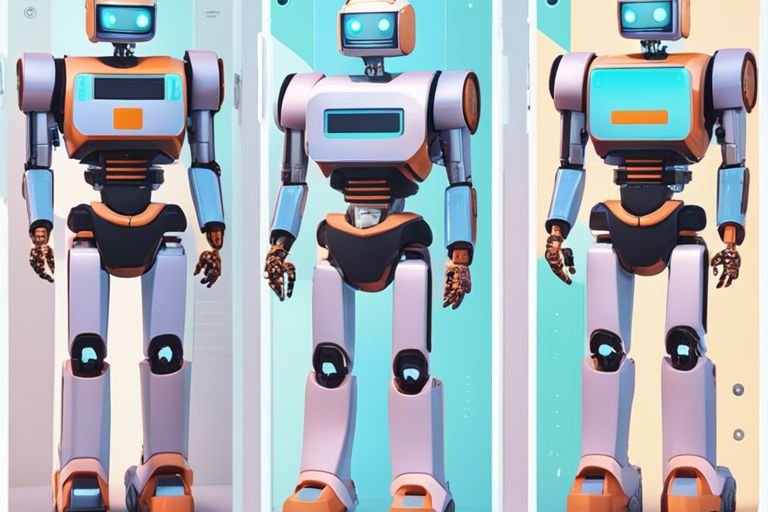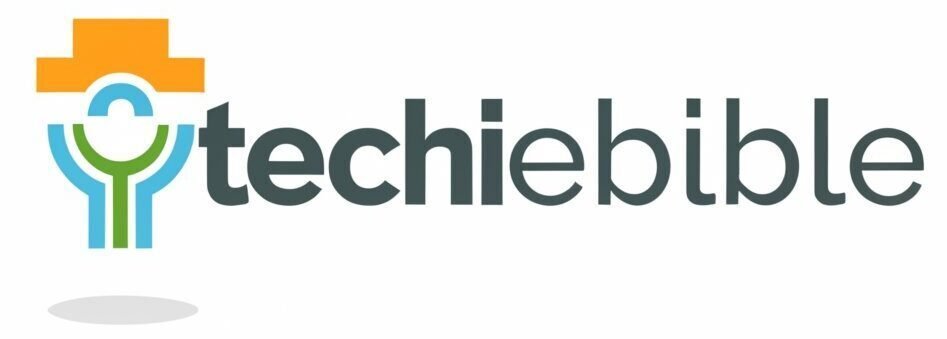When it comes to chatbots, rule-based and AI-powered systems are two primary types of technology used to automate customer interactions. Deciding which type to implement in your business can have a significant impact on customer experience and efficiency. In this blog post, you will learn about the key differences between rule-based and AI-powered chatbots, and how each type can benefit your business. Understanding these differences will allow you to make an informed decision on which type of chatbot is best suited to meet your specific needs. Whether you are looking to improve customer service, streamline processes, or increase sales, choosing the right chatbot technology is crucial to achieving your goals.
Rule-Based Chatbots
To understand the key differences between rule-based and AI-powered chatbots, it’s essential to first familiarize yourself with the rule-based chatbot system. These chatbots operate on a set of predefined rules and responses, making them more predictable and limited in their capabilities compared to AI-powered chatbots.
Definition and Key Characteristics
Rule-based chatbots operate on a pre-defined set of rules and responses, typically using a decision-tree system to guide the conversation. These chatbots are programmed to recognize specific keywords or phrases and respond with predetermined answers. The key characteristic of rule-based chatbots is their limitation to programmed responses, making them relatively static and unable to adapt to new or unexpected scenarios.
Advantages of Rule-Based Systems
One of the advantages of rule-based chatbots is their simplicity and ease of implementation. Since they operate on predefined rules, they are relatively straightforward to build and maintain. Additionally, rule-based chatbots are generally more cost-effective to develop, making them a practical choice for businesses with limited resources.
Limitations and Challenges
While rule-based systems have their advantages, they also come with a set of limitations and challenges that you should be aware of. One of the main limitations is their lack of adaptability and contextual understanding. Since they rely on predefined rules, they struggle to handle complex or ambiguous queries, leading to a less satisfying user experience. Additionally, maintaining and updating the rules can become time-consuming and difficult as the chatbot scales and the conversation scenarios become more diverse.
AI-Powered Chatbots
Some chatbots are powered by artificial intelligence (AI), which enables them to carry out more complex tasks and provide more personalized responses than rule-based chatbots. AI-powered chatbots use machine learning and natural language processing to understand and interpret user input, allowing them to continuously improve and adapt to user needs. Let’s take a closer look at the key features and benefits of AI-powered chatbots.
The Role of Artificial Intelligence
Artificial intelligence plays a crucial role in enabling chatbots to understand and respond to user queries in a more human-like manner. By leveraging AI algorithms, chatbots are able to analyze and interpret user input, recognize patterns in data, and provide accurate and relevant responses. This allows them to engage in more natural, free-flowing conversations with users, leading to a more satisfying experience for them.
Enhancements through Machine Learning and Natural Language Processing
AI-powered chatbots leverage machine learning and natural language processing to continuously improve their performance and accuracy. Machine learning algorithms enable chatbots to learn from past interactions and user feedback, allowing them to refine their responses and adapt to changing user needs over time. Additionally, natural language processing capabilities enable chatbots to understand the nuances of human language, including slang, colloquialisms, and context, making interactions more seamless and efficient.
Advantages and Potential of AI-Integrated Solutions
The integration of AI into chatbots offers several advantages and has the potential to revolutionize customer service and user engagement. AI-powered chatbots can handle a wide range of complex tasks, such as making personalized product recommendations, scheduling appointments, and resolving technical issues. They can also streamline business processes, improve the efficiency of customer support, and provide 24/7 assistance to users. By harnessing the power of AI, chatbots can significantly enhance your customer service capabilities, boost user satisfaction, and drive business growth.

Comparing Rule-Based and AI Chatbots
After understanding the basics of rule-based and AI-powered chatbots, it’s essential to compare the two in various aspects to see which one fits your needs better. Here’s a breakdown of the key differences between the two:
| Aspect | Rule-Based Chatbots | AI-Powered Chatbots |
| Interaction Quality and User Experience | Limited to predefined responses, may not provide personalized experience | Capable of natural language processing, can provide personalized and human-like interactions |
| Scalability and Flexibility in Responses | May require manual updates for new responses, limited scalability | Can continuously learn and improve, highly scalable and flexible |
| Implementation Complexity and Costs | Relatively simple to implement, lower initial costs | May require specialized expertise for implementation, higher initial costs |
| Use Case Scenarios for Each Approach | Works well for simple, repetitive tasks and FAQs | Best suited for complex interactions, understanding context, and personalization |
Interaction Quality and User Experience
When it comes to interaction quality and user experience, AI-powered chatbots have a significant advantage over rule-based chatbots. With AI technology, these chatbots can understand natural language, provide personalized responses, and mimic human-like interactions, ultimately leading to enhanced user satisfaction and a more engaging experience for your customers.
Scalability and Flexibility in Responses
AI-powered chatbots have a clear edge in terms of scalability and flexibility. Unlike rule-based chatbots that may require manual updates for new responses and have limited scalability, AI-powered chatbots can continuously learn and adapt, making them highly scalable and capable of handling a wide range of queries and tasks with ease.
Implementation Complexity and Costs
While rule-based chatbots are relatively simple to implement and have lower initial costs, AI-powered chatbots may require specialized expertise for implementation and involve higher initial costs. However, it’s important to consider the long-term benefits of AI technology, including its ability to evolve and improve over time, potentially leading to a greater return on investment in the future.
Use Case Scenarios for Each Approach
When deciding between the two approaches, it’s important to consider the specific use case scenarios for your chatbot. Rule-based chatbots work well for simple, repetitive tasks and FAQs, while AI-powered chatbots are best suited for complex interactions, understanding context, and providing personalized experiences to your users.
Conclusion
With this in mind, it’s important to understand the key differences between rule-based and AI-powered chatbots. Rule-based chatbots rely on a predetermined set of rules and prompts to respond to users, limiting their ability to handle complex queries and conversations. On the other hand, AI-powered chatbots use machine learning and natural language processing to understand and respond to user input more intelligently, allowing for more natural and human-like interactions. This means that AI-powered chatbots can handle a wider range of queries and provide more personalized and accurate responses, ultimately improving the overall user experience. When considering which type of chatbot to implement for your business, it’s crucial to weigh the capabilities and limitations of each to ensure that you choose the best option for your specific needs.
